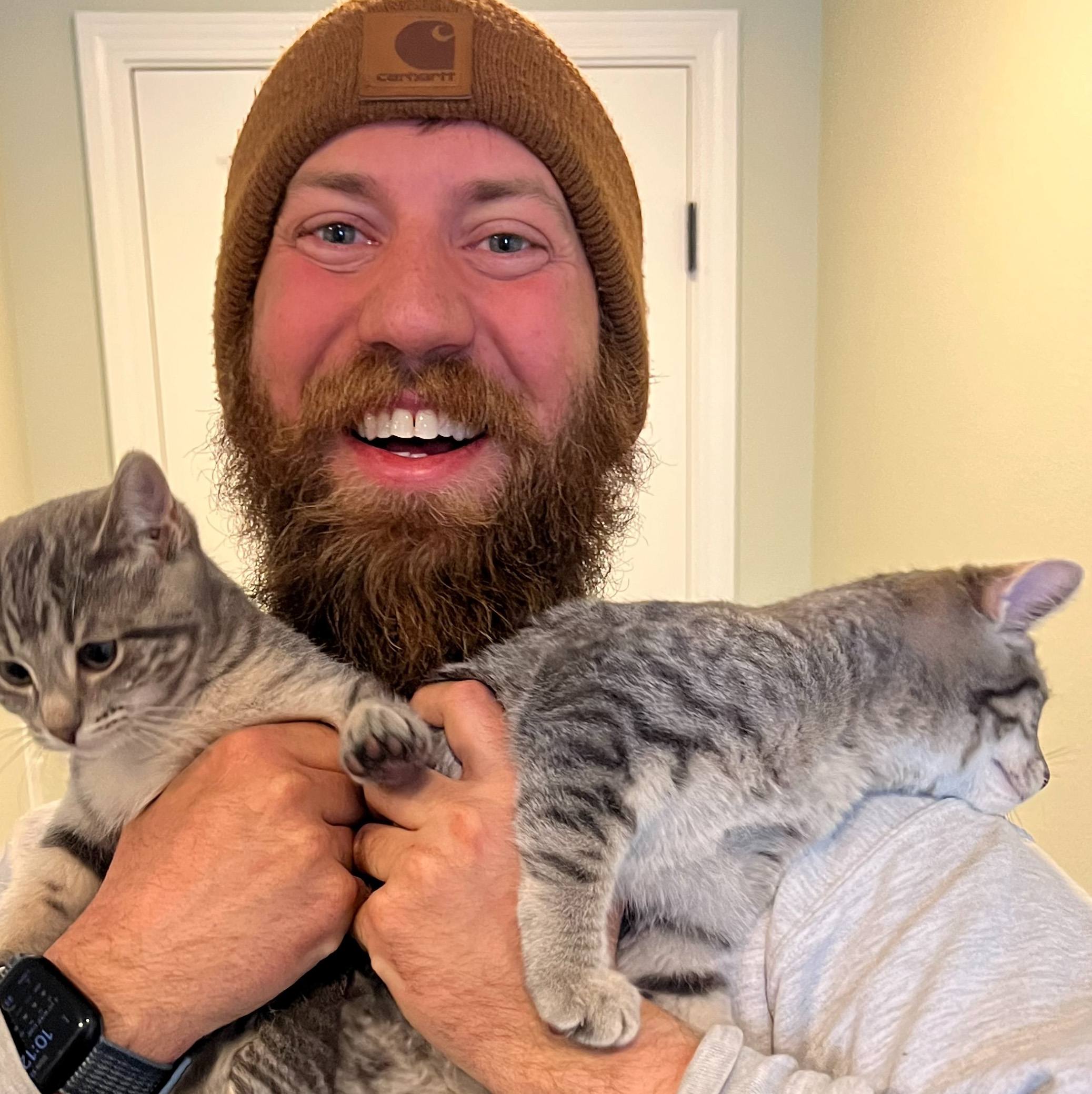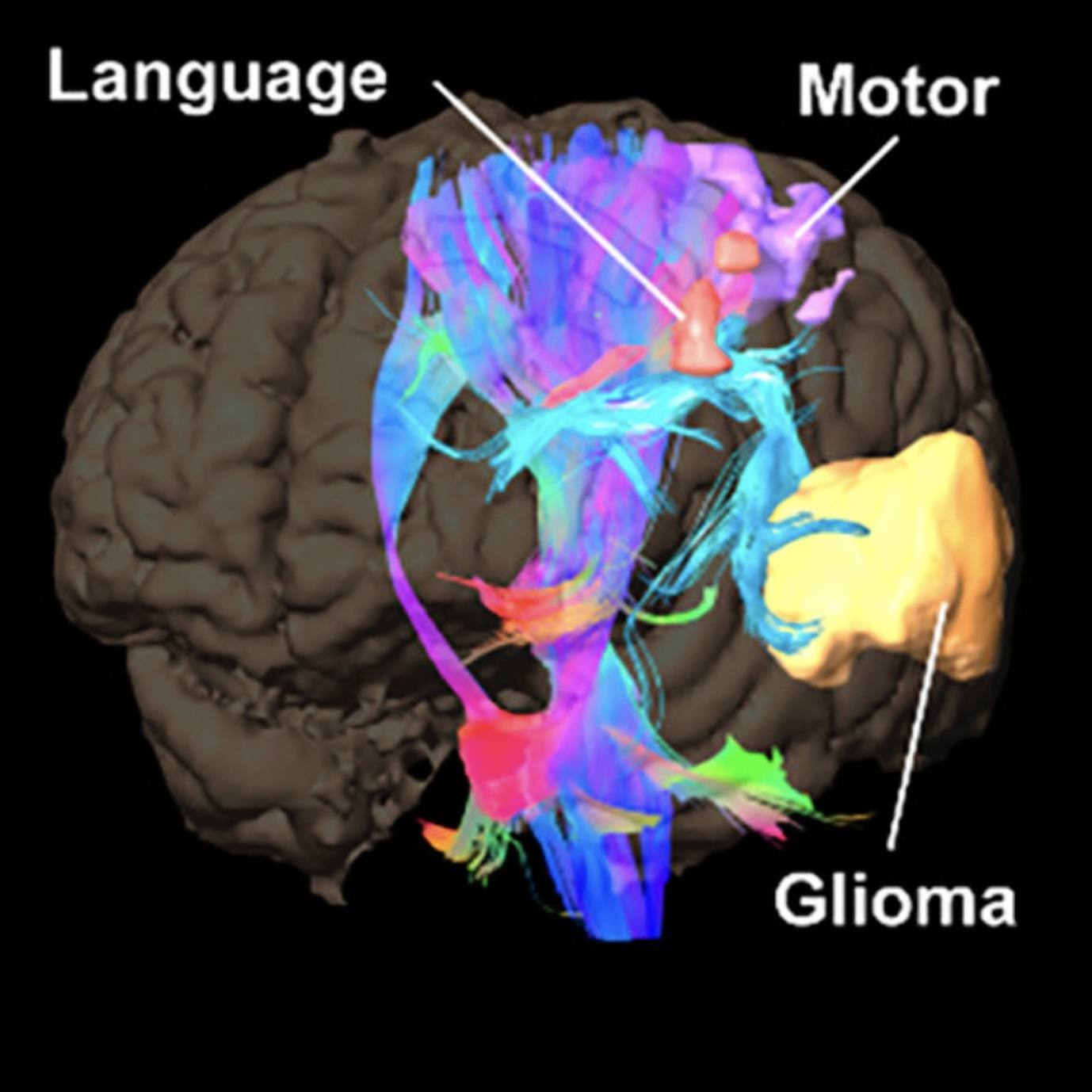-
Neurosciences
A brain tumor can significantly affect a person’s quality of life, not just length of life. In 2023, approximately 25,000 people living in the U.S. were diagnosed with a brain tumor. There are different types of brain tumors and ways to treat them that a healthcare team may consider.
Watch: The Mayo Clinic Minute
Journalists: Broadcast-quality video (1:05) is in the downloads at the end of this post. Please courtesy: “Mayo Clinic News Network.” Read the script.
Primary brain tumors are those that originate in the brain, like glioblastoma, meningioma, or others. Metastatic brain tumors originate in other parts of the body but migrate to the brain or spinal cord.
“Patients that present with brain tumors can present sometimes with a long history of headaches, and the headaches, instead of improving, keep getting worse and worse,” says Dr. Alfredo Quiñones-Hinojosa, a neurosurgeon at Mayo Clinic.
Seizures and sudden collapse are other symptoms of brain tumors that warrant immediate medical attention.
Diagnosis requires brain imaging with an MRI brain scan and an exam by a neurologist or neurosurgeon.

“The treatment of brain tumor is a combination of first, the diagnosis, second, a multidisciplinary discussion,” says Dr. Quiñones-Hinojosa. “And all together, we have a discussion, and we try to implement a therapy and a management that is personalized for that patient.”
Dr. Quiñones-Hinojosa says treatment can include surgery, chemotherapy, radiation therapy or a combination. For surgical removal of a brain tumor, he explains that a patient may remain awake depending on the location of the tumor and symptoms.
“If they’re near speech or motor function, we can map those regions of the brain,” says Dr. Quiñones-Hinojosa. “We can keep the patient awake and do very significant and safe resections.”
Related post:
Related Articles


Neurology Patient Stories

